Container shipping plays a pivotal role in global trade, serving as the backbone for the movement of goods across international borders. With standardized containers that streamline the loading and transportation process, businesses can efficiently import essential materials and products. This article delves into the costs associated with shipping containers from China to Germany, highlighting the factors that influence these expenses. By understanding the various components of shipping costs, companies can make informed decisions that optimize their logistics strategies and enhance profitability in an increasingly competitive marketplace.
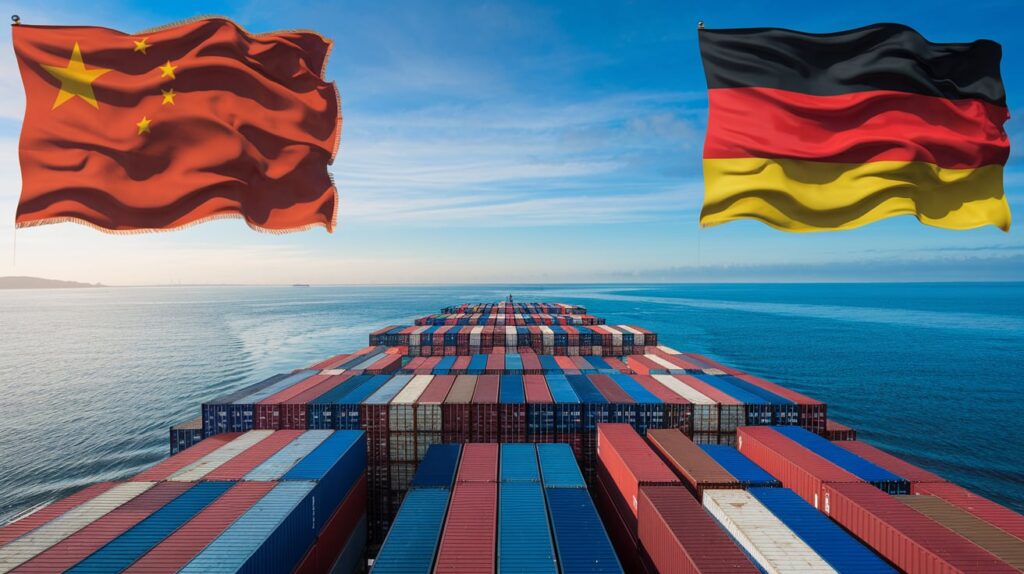
Understanding Container Shipping Costs from China to Germany
Container shipping is a critical component of global trade, facilitating the movement of goods across vast distances. This method of transport involves the use of standardized containers that can be easily loaded onto ships, trucks, or trains, ensuring efficiency and security throughout the journey.
Key Features of Container Shipping
-
Standardization: Containers come in standardized sizes, primarily 20 feet and 40 feet long, making them easy to handle and stack. This uniformity contributes to more efficient loading, unloading, and transportation processes.
-
Versatility: Container shipping accommodates various types of cargo, including perishables, electronics, textiles, and machinery. Specialized containers, such as refrigerated units and flat racks, enable the transport of sensitive or oversized items.
-
Cost-Effectiveness: Shipping by container can be more economical than other methods, particularly for larger shipments. The ability to consolidate goods into a single container maximizes shipping efficiency and minimizes costs per unit.
Importance of Container Shipping in Global Trade
Container shipping is not just a mode of transport; it is the backbone of international trade.
-
Facilitates Economic Growth: Countries can import and export goods easily, leading to increased trade volumes. For example, Germany, as one of Europe’s largest economies, relies heavily on container shipping to meet its demands for raw materials and finished products.
-
Global Connectivity: Container shipping connects markets across continents, enabling businesses to source materials from suppliers worldwide, including China. The flow of goods promotes competition, innovation, and diversification in product offerings.
-
Impact on Supply Chains: Efficient container shipping is vital for maintaining smooth supply chains. Delays or disruptions in shipping can lead to stock shortages and increased costs. Thus, understanding shipping costs and timelines is essential for businesses.
20 ft Container Shipping Cost from China to Germany
When considering the logistics of shipping a 20 ft container from China to Germany, a comprehensive understanding of the associated costs is crucial for budgeting and planning. Below is a detailed cost breakdown for 20 ft containers, which encompasses various factors that contribute to the total shipping cost.
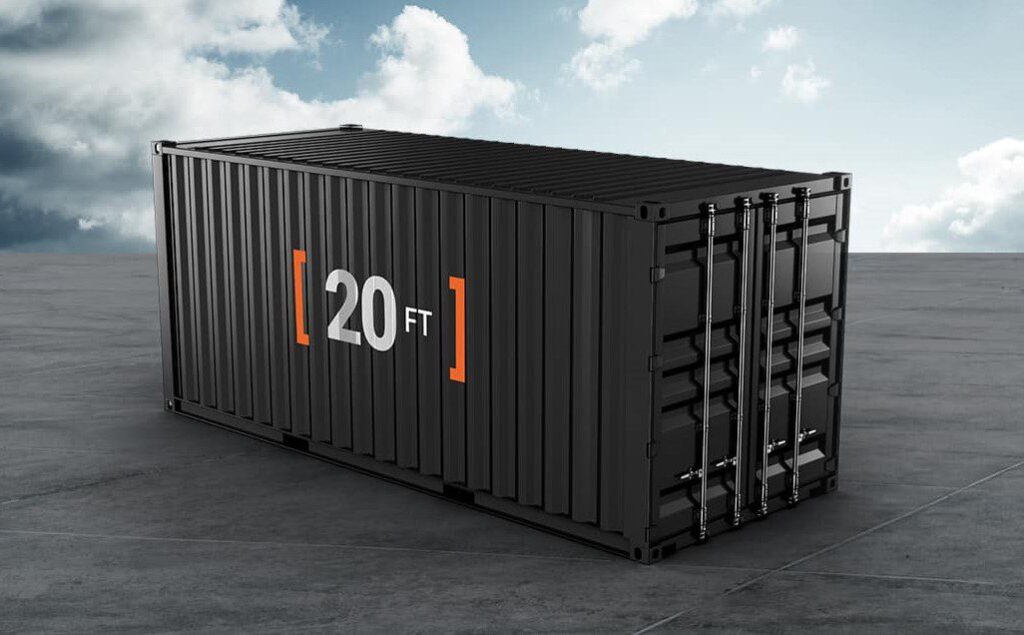
Cost Breakdown for 20 ft Containers
| Cost Component | Description | Estimated Cost (USD) |
|---|---|---|
| Freight Charges | The primary cost for shipping a container, varies based on shipping line and route. | $1,500 – $3,000 |
| Port Fees | Charges for loading/unloading at ports, can include terminal handling and storage fees. | $200 – $500 |
| Customs Duties and Taxes | Fees imposed by the German government on imported goods, varies by product type. | Variable |
| Insurance Costs | Optional but recommended, protects against loss or damage during transit. | $50 – $150 |
| Inland Transportation Costs | Cost of moving the container from the port to the final destination within Germany. | $200 – $800 |
| Packing and Handling Fees | Costs for preparing goods for shipment, including packing materials and loading labor. | $100 – $300 |
| Documentation Fees | Fees for necessary shipping and customs documentation. | $50 – $100 |
Total Estimated Cost
Considering the various components outlined, the total estimated cost for shipping a 20 ft container from China to Germany generally ranges from $2,300 to $5,200. However, it is essential to note that these costs can fluctuate based on factors such as seasonal demand, fuel prices, and additional services required.
Additional Considerations
When planning a shipment, several factors can influence the final cost:
-
Transit Time: Depending on the shipping route and method, the time it takes for goods to arrive can vary. Faster services may cost more.
-
Shipping Line: Different shipping companies offer varying rates and service levels. It is advisable to compare quotes from multiple freight forwarders.
-
Container Availability: The availability of containers in ports can affect pricing and lead times. Seasonal fluctuations may impact container supply.
By engaging with a professional logistics provider like Dantful International Logistics, businesses can navigate the complexities of container shipping. Dantful offers highly professional, cost-effective, and high-quality international logistics services, ensuring a seamless shipping experience. For tailored solutions and further assistance, consider exploring Dantful’s services.
You may be interested in the following related articles:
- The Ultimate Guide to Container Shipping Costs from China to San Pedro in 2024
- Container Shipping Costs from China to Malaysia: What You Need to Know
- The Ultimate Guide to Container Shipping Costs from China to Hawaii in 2024
- Container Shipping Costs from China to France: What You Need to Know
- Container Shipping Costs from China to Saudi Arabia: What You Need to Know
- Container Shipping Costs from China to Australia: What You Need to Know
40 ft Container Shipping Cost from China to Germany
Shipping a 40 ft container from China to Germany is a popular choice for businesses looking to transport larger shipments. This size offers greater capacity, making it ideal for bulk goods and maximizing shipping efficiency. Understanding the costs associated with a 40 ft container is essential for accurate budgeting and planning.
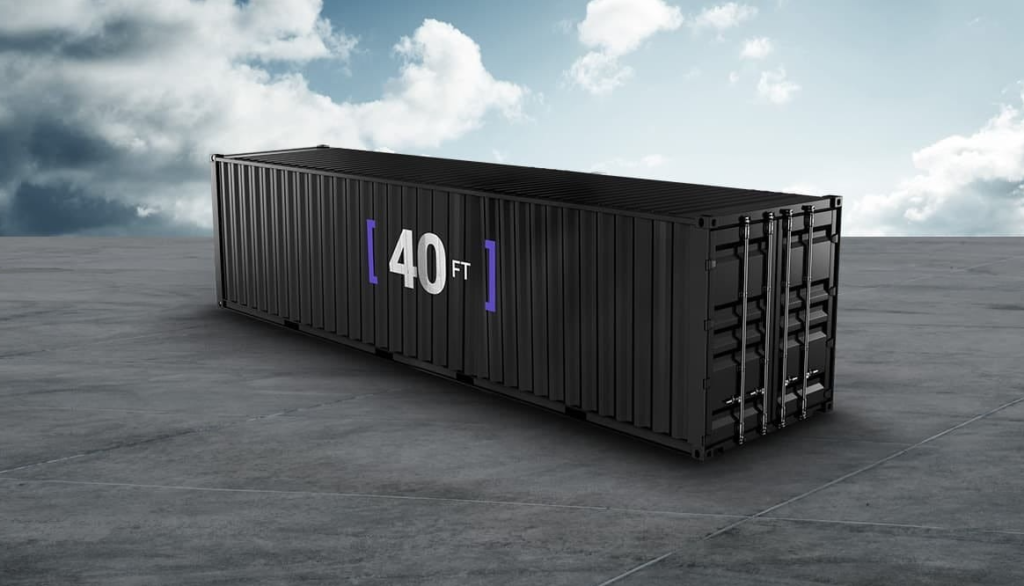
Cost Breakdown for 40 ft Containers
| Cost Component | Description | Estimated Cost (USD) |
|---|---|---|
| Freight Charges | The main expense for shipping, determined by the shipping line, route, and demand. | $2,000 – $4,500 |
| Port Fees | Fees for loading and unloading at ports, including terminal handling and storage costs. | $300 – $600 |
| Customs Duties and Taxes | Government-imposed fees based on the type of goods being imported into Germany. | Variable |
| Insurance Costs | Recommended to protect against potential loss or damage during transit. | $75 – $200 |
| Inland Transportation Costs | Expenses incurred for moving the container from the port to its final destination in Germany. | $300 – $1,000 |
| Packing and Handling Fees | Costs associated with preparing goods for shipment, including materials and labor. | $150 – $400 |
| Documentation Fees | Fees for necessary customs and shipping documentation. | $75 – $150 |
Total Estimated Cost
The total estimated cost for shipping a 40 ft container from China to Germany typically ranges from $2,900 to $7,600. Variability in costs often arises from factors such as shipping demand, container availability, and specific service requests.
Read More:
- Shipping From China To Netherlands
- Shipping From China To Spain
- Shipping From China To Germany
- Shipping From China To France
- Shipping From China to Italy
- Shipping From China To Poland
- Shipping From China to United Kingdom
Factors Influencing Container Shipping Costs
Understanding the myriad factors influencing container shipping costs can help businesses make informed decisions about their logistics strategy.
Type of Container: FCL vs. LCL
-
Full Container Load (FCL): When shipping a 40 ft container, it is often more cost-effective to opt for FCL if the shipment is substantial enough to fill the container. FCL allows for reduced costs per unit, as the entire container is dedicated to one shipment.
-
Less than Container Load (LCL): If the shipment does not fill an entire container, LCL may be the appropriate choice. However, LCL is typically more expensive on a per-unit basis due to additional handling, packing, and transportation fees. It also entails longer transit times since multiple shipments are consolidated.
Distance and Shipping Routes
The distance from the origin port in China to the destination port in Germany plays a significant role in shipping costs. The chosen shipping route can also affect the overall cost, as some paths may incur tolls or navigate through congested ports, leading to delays and additional fees. For instance, routes that utilize major shipping lanes often offer lower costs due to higher traffic, while less traveled routes may present higher shipping expenses.
Seasonal Variations in Shipping Costs
Container shipping costs are subject to fluctuations based on seasonal demand. For example, during peak shipping seasons—such as the lead-up to major holidays—shipping rates may increase due to higher demand for space on vessels. Conversely, during off-peak times, rates may decrease as shipping lines seek to maintain capacity. Businesses should monitor these trends to time their shipments effectively.
Impact of Fuel Prices on Shipping Rates
Fuel prices are a key component of shipping costs. With shipping lines facing increased operational expenses due to fluctuating fuel prices, these costs are often passed along to customers. When oil prices rise, shipping companies may increase freight charges to maintain profitability. Therefore, businesses should stay informed about global fuel price trends, as they can directly impact the total cost of shipping a container from China to Germany.
By leveraging the expertise of a reliable freight forwarder like Dantful International Logistics, businesses can receive tailored shipping solutions that account for these various factors. Dantful provides high-quality, cost-effective international logistics services, making the shipping process smoother and more efficient. For additional details on their services, consider exploring Dantful’s offerings.
Additional Costs to Consider in Container Shipping
When planning to ship containers, it is important to account for various additional costs beyond the basic freight charges. Understanding these costs enables businesses to budget effectively and avoid unexpected expenses.
Customs Duties and Taxes
Customs duties and taxes represent a significant portion of the total shipping costs when importing goods into Germany from China. These are fees imposed by the German government on imported products, and they vary based on several factors:
-
Tariff Classifications: Customs duties are determined by the tariff classification of the goods being imported. Each product falls under a specific tariff code, which dictates the applicable duty rate.
-
Value of Goods: The customs duty is generally calculated as a percentage of the transaction value of the goods, which includes the cost of the goods, insurance, and freight (CIF).
-
Additional Taxes: Besides customs duties, Value Added Tax (VAT) may also apply, which is typically 19% in Germany for most goods. Businesses must ensure compliance with local regulations to avoid fines or delays.
Understanding and planning for these duties and taxes can prevent surprises upon the container’s arrival at the port.
Handling and Port Fees
Handling and port fees are incurred during the loading and unloading process at ports. These fees vary by port and can include:
-
Terminal Handling Charges (THC): Fees for the physical handling of containers at the terminal, covering the costs of loading and unloading containers from vessels.
-
Storage Fees: If a shipment is delayed beyond a certain timeframe, storage charges may apply for keeping containers at the port.
-
Documentation Fees: Costs associated with preparing the necessary documentation for customs clearance and cargo release.
Overall, these fees can add a considerable amount to the total shipping cost, especially if delays occur or if the shipment requires special handling.
Insurance Costs for Container Shipping
Insurance is an essential consideration when shipping containers, as it provides protection against potential loss or damage during transit. The importance of insurance is highlighted by various factors:
-
Risk of Loss or Damage: Shipping goods internationally comes with inherent risks, including theft, damage from rough seas, and accidents during handling. Insurance mitigates these risks and provides peace of mind.
-
Cost of Insurance: Insurance premiums are typically calculated based on the value of the goods being shipped, the type of coverage selected, and the shipping route. Basic coverage may be less expensive, but it might not adequately protect against all potential risks.
-
Types of Insurance: Different types of insurance policies are available, including marine cargo insurance and All Risk coverage, each offering varying levels of protection. Businesses should assess their needs and choose the appropriate coverage.
Investing in adequate insurance can be crucial for safeguarding valuable shipments and ensuring financial recovery in case of unforeseen events.
Tips for Reducing Container Shipping Costs
Reducing container shipping costs is essential for businesses to maintain profitability. Strategic planning and informed decision-making can lead to significant savings.
Choosing the Right Freight Forwarder
Selecting the right freight forwarder is critical to controlling shipping costs. A reputable freight forwarder like Dantful International Logistics can provide valuable insights and customized solutions that align with specific shipping needs. Consider the following:
-
Reputation and Experience: Opt for a forwarder with a solid track record in the industry. Experienced forwarders can navigate the complexities of international shipping and customs, helping to avoid delays and additional costs.
-
Service Offerings: Evaluate the range of services provided, including customs clearance, insurance, and door-to-door shipping. A comprehensive service can reduce the need for multiple providers, streamlining the shipping process.
-
Transparent Pricing: Choose a freight forwarder that offers clear and transparent pricing, including all potential fees, to avoid unexpected charges.
Effective Planning and Scheduling
Planning shipments effectively can yield cost savings. Tips for effective planning include:
-
Advance Booking: Book shipments well in advance to secure better rates, as last-minute bookings often attract higher prices due to increased demand.
-
Flexible Scheduling: If possible, choose shipping dates during off-peak seasons to enjoy lower rates. Monitor market trends to identify periods of lower demand.
-
Route Optimization: Work with your freight forwarder to analyze shipping routes and select the most efficient paths, which can lead to cost and time savings.
Utilizing Freight Calculators
Many freight forwarders and logistics companies provide online freight calculators that help estimate shipping costs based on various parameters. Utilizing these tools allows businesses to:
-
Compare Costs: Quickly assess the costs associated with different shipping options, including air freight vs. sea freight or FCL vs. LCL.
-
Budget Effectively: Obtain realistic cost estimates that support accurate budgeting for shipping expenses.
-
Make Informed Decisions: Adjust shipping plans based on cost comparisons, leading to more economical choices.
Consolidating Shipments for Cost Efficiency
Consolidating shipments can significantly reduce costs, particularly for businesses that frequently import smaller quantities. Strategies for consolidation include:
-
Group Shipments: Combine multiple orders into a single shipment to fill a container. This approach maximizes container utilization and reduces the cost per unit.
-
Collaborate with Other Businesses: Partner with other companies to share container space, which can be beneficial for smaller businesses that may not have enough volume to justify an entire container.
-
Utilize LCL Services: For smaller shipments, consider Less than Container Load (LCL) services, where your goods can be shipped alongside others in a shared container. While LCL can be more costly on a per-unit basis, it may be more economical than shipping multiple smaller containers.
By applying these tips and strategies, businesses can effectively manage container shipping costs while ensuring a reliable and efficient transport process. Engaging with a professional logistics provider like Dantful can further enhance shipping efficiency, ensuring a cost-effective solution tailored to specific needs.
Dantful International Logistics Services:
- Dantful Ocean Freight Services
- Air Freight From China
- Amazon FBA Freight Forwarding
- WAREHOUSE Services
- One-Stop Customs Clearance Solution
- Cargo Insurance Services in China
- DDP Shipping Services By Dantful Logistics
- Out of Gauge Cargo Transportation Shipping Services

Young Chiu is a seasoned logistics expert with over 15 years of experience in international freight forwarding and supply chain management. As CEO of Dantful International Logistics, Young is dedicated to providing valuable insights and practical advice to businesses navigating the complexities of global shipping.
The other language versions of this article
- الدليل الشامل لتكاليف شحن الحاويات من الصين إلى ألمانيا في عام 2024
- De ultieme gids voor containerverzendingskosten van China naar Duitsland in 2024
- Le guide ultime des coûts d’expédition de conteneurs de la Chine vers l’Allemagne en 2024
- Der ultimative Leitfaden zu den Containerversandkosten von China nach Deutschland im Jahr 2024
- La guida definitiva ai costi di spedizione dei container dalla Cina alla Germania nel 2024
- La guía definitiva sobre los costes de envío de contenedores desde China a Alemania en 2024
- O guia definitivo para custos de transporte de contêineres da China para a Alemanha em 2024
- Полное руководство по стоимости контейнерных перевозок из Китая в Германию в 2024 году
- 2024’te Çin’den Almanya’ya Konteyner Nakliye Maliyetlerine İlişkin Nihai Kılavuz

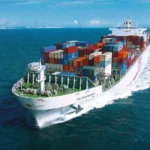





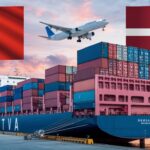
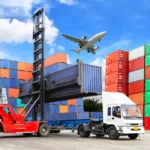


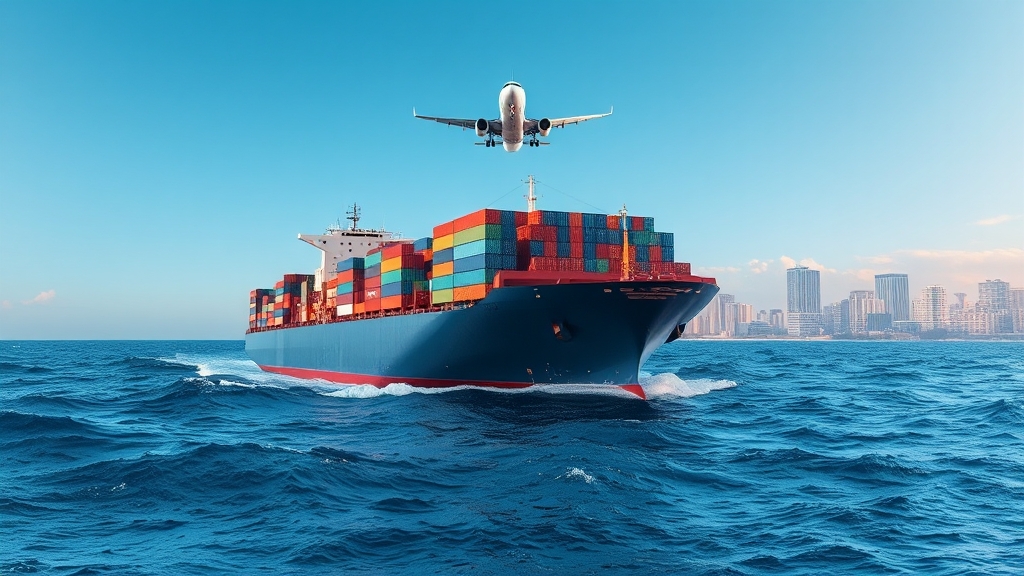
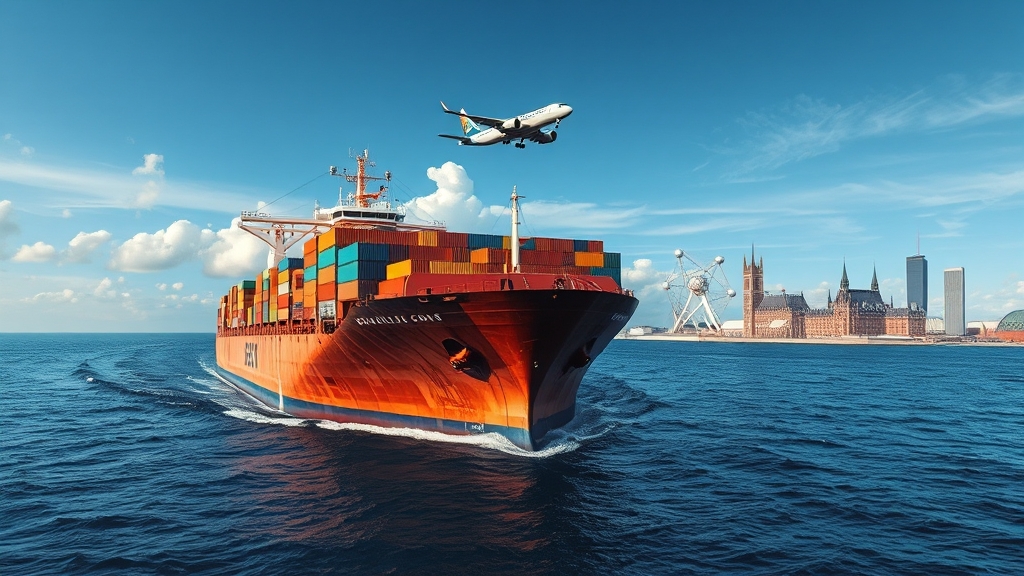
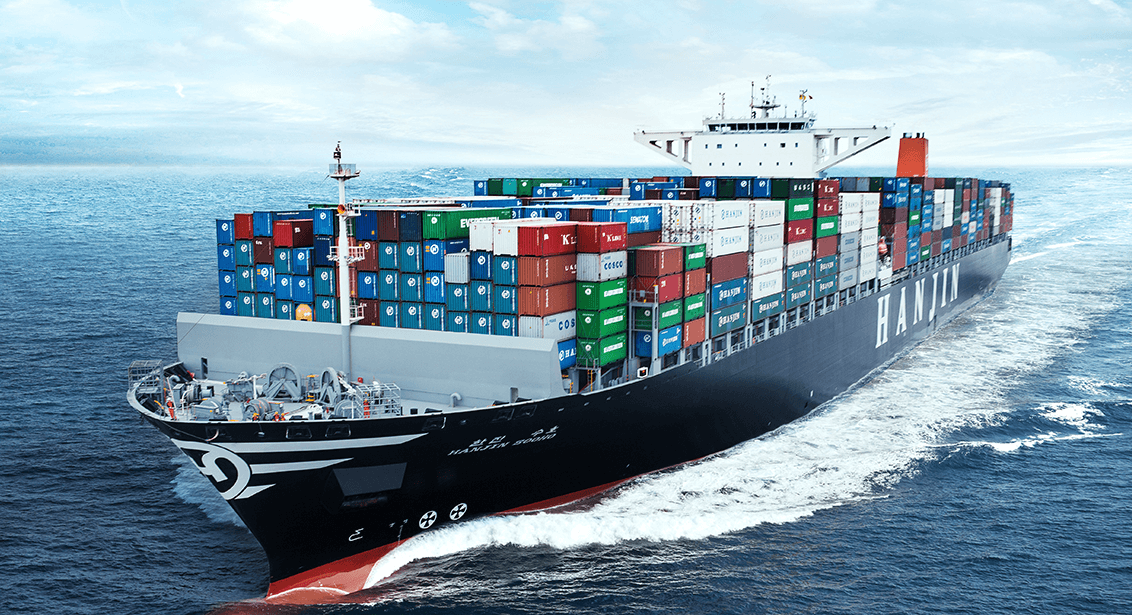
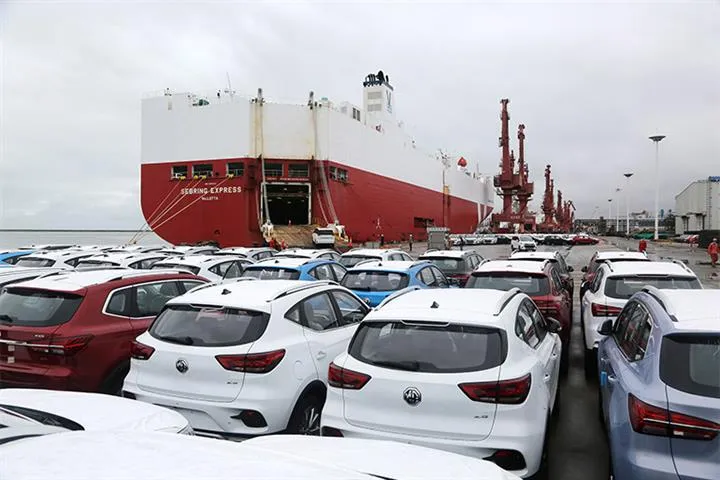






 Afrikaans
Afrikaans Shqip
Shqip አማርኛ
አማርኛ العربية
العربية Հայերեն
Հայերեն Azərbaycan dili
Azərbaycan dili Euskara
Euskara Беларуская мова
Беларуская мова বাংলা
বাংলা Bosanski
Bosanski Български
Български Català
Català Cebuano
Cebuano Chichewa
Chichewa 简体中文
简体中文 繁體中文
繁體中文 Corsu
Corsu Hrvatski
Hrvatski Čeština
Čeština Dansk
Dansk Nederlands
Nederlands English
English Esperanto
Esperanto Eesti
Eesti Filipino
Filipino Suomi
Suomi Français
Français Galego
Galego ქართული
ქართული Deutsch
Deutsch Ελληνικά
Ελληνικά Kreyol ayisyen
Kreyol ayisyen Harshen Hausa
Harshen Hausa Ōlelo Hawaiʻi
Ōlelo Hawaiʻi עִבְרִית
עִבְרִית हिन्दी
हिन्दी Hmong
Hmong Magyar
Magyar Íslenska
Íslenska Igbo
Igbo Bahasa Indonesia
Bahasa Indonesia Gaeilge
Gaeilge Italiano
Italiano 日本語
日本語 Basa Jawa
Basa Jawa ಕನ್ನಡ
ಕನ್ನಡ Қазақ тілі
Қазақ тілі ភាសាខ្មែរ
ភាសាខ្មែរ 한국어
한국어 كوردی
كوردی Кыргызча
Кыргызча ພາສາລາວ
ພາສາລາວ Latin
Latin Latviešu valoda
Latviešu valoda Lietuvių kalba
Lietuvių kalba Lëtzebuergesch
Lëtzebuergesch Македонски јазик
Македонски јазик Malagasy
Malagasy Bahasa Melayu
Bahasa Melayu മലയാളം
മലയാളം Maltese
Maltese Te Reo Māori
Te Reo Māori मराठी
मराठी Монгол
Монгол ဗမာစာ
ဗမာစာ नेपाली
नेपाली Norsk bokmål
Norsk bokmål پښتو
پښتو فارسی
فارسی Polski
Polski Português
Português ਪੰਜਾਬੀ
ਪੰਜਾਬੀ Română
Română Русский
Русский Samoan
Samoan Gàidhlig
Gàidhlig Српски језик
Српски језик Sesotho
Sesotho Shona
Shona سنڌي
سنڌي සිංහල
සිංහල Slovenčina
Slovenčina Slovenščina
Slovenščina Afsoomaali
Afsoomaali Español
Español Basa Sunda
Basa Sunda Kiswahili
Kiswahili Svenska
Svenska Тоҷикӣ
Тоҷикӣ தமிழ்
தமிழ் తెలుగు
తెలుగు ไทย
ไทย Türkçe
Türkçe Українська
Українська اردو
اردو O‘zbekcha
O‘zbekcha Tiếng Việt
Tiếng Việt Cymraeg
Cymraeg יידיש
יידיש Yorùbá
Yorùbá Zulu
Zulu